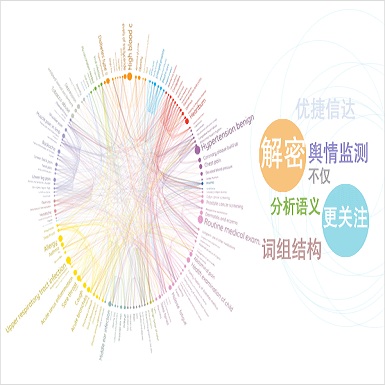Recently, semantic parsing using hierarchical representations for dialog systems has captured substantial attention. Task-Oriented Parse (TOP), a tree representation with intents and slots as labels of nested tree nodes, has been proposed for parsing user utterances. Previous TOP parsing methods are limited on tackling unseen dynamic slot values (e.g., new songs and locations added), which is an urgent matter for real dialog systems. To mitigate this issue, we first propose a novel span-splitting representation for span-based parser that outperforms existing methods. Then we present a novel lexicon-injected semantic parser, which collects slot labels of tree representation as a lexicon, and injects lexical features to the span representation of parser. An additional slot disambiguation technique is involved to remove inappropriate span match occurrences from the lexicon. Our best parser produces a new state-of-the-art result (87.62%) on the TOP dataset, and demonstrates its adaptability to frequently updated slot lexicon entries in real task-oriented dialog, with no need of retraining.
翻译:最近,使用对对话系统的分级表达方式进行语义分析引起了大量注意。 以任务为主的Parse (TOP) 是一个树形代表方式,其用意和位置是嵌巢树节点的标签, 提议用于分析用户的语句。 先前的TOP 解析方法仅限于处理看不见的动态空格值( 如新歌曲和添加的位置), 这是真正的对话系统的一个紧急事项 。 为了缓解这个问题, 我们首先提议为超越现有方法的跨基点剖析器提供一个新的跨段代表方式。 然后, 我们提出一个新的带有意图和插座的语义分析器( TOP ), 以收集树形代表方式作为词汇的插位标签, 并给 parser 的跨区代表方式注入词汇特征 。 额外的空档分解技术涉及从真正的对话中清除不适当的空格匹配点。 我们的最佳分析器在 TOP 数据集 上产生了一个新的状态分析结果( 87.62% ), 并展示其适应性, 经常更新真实任务性再培训对话中的空格列条目。



